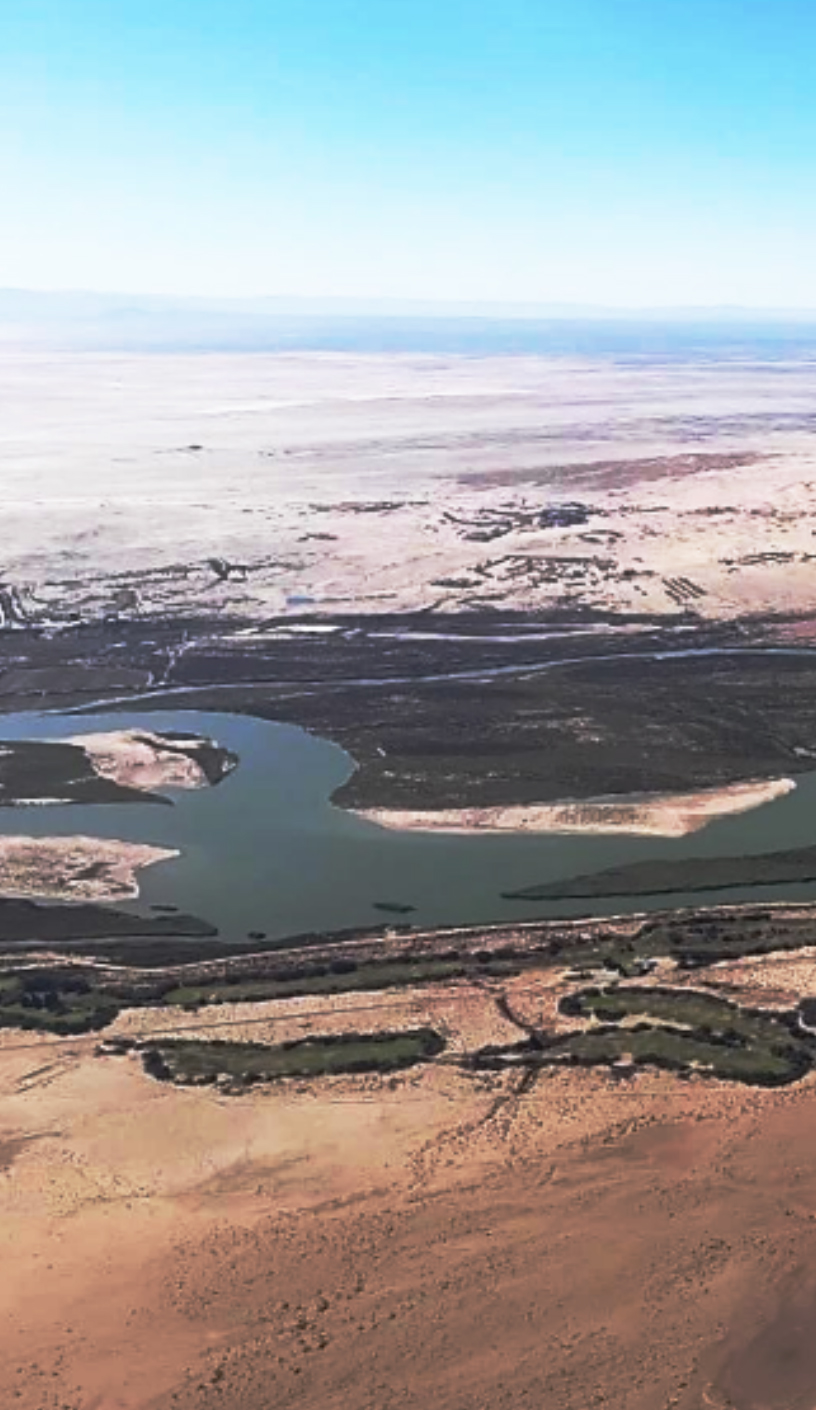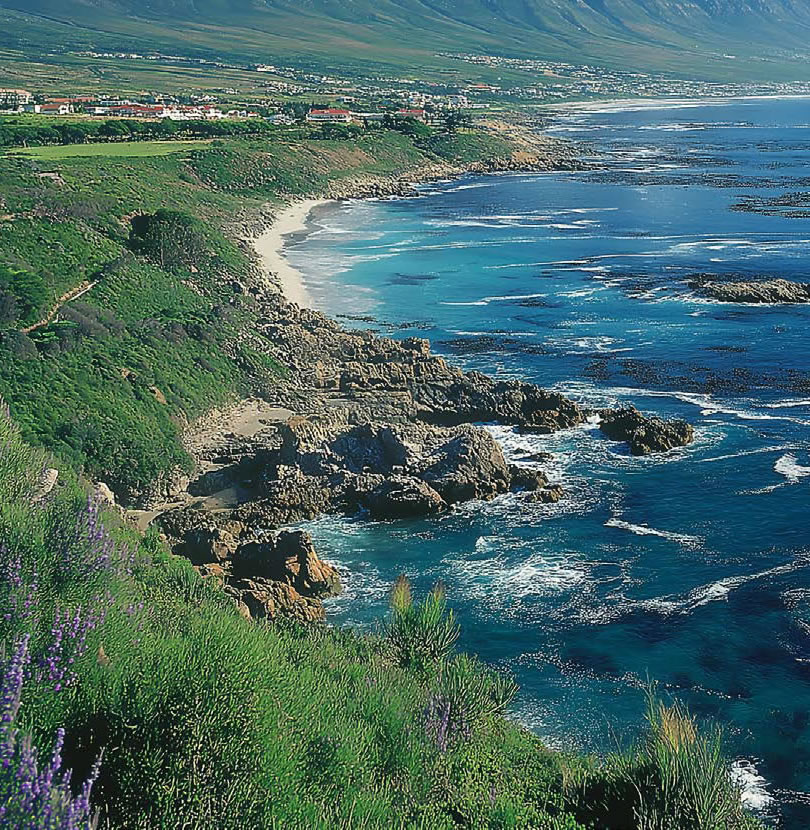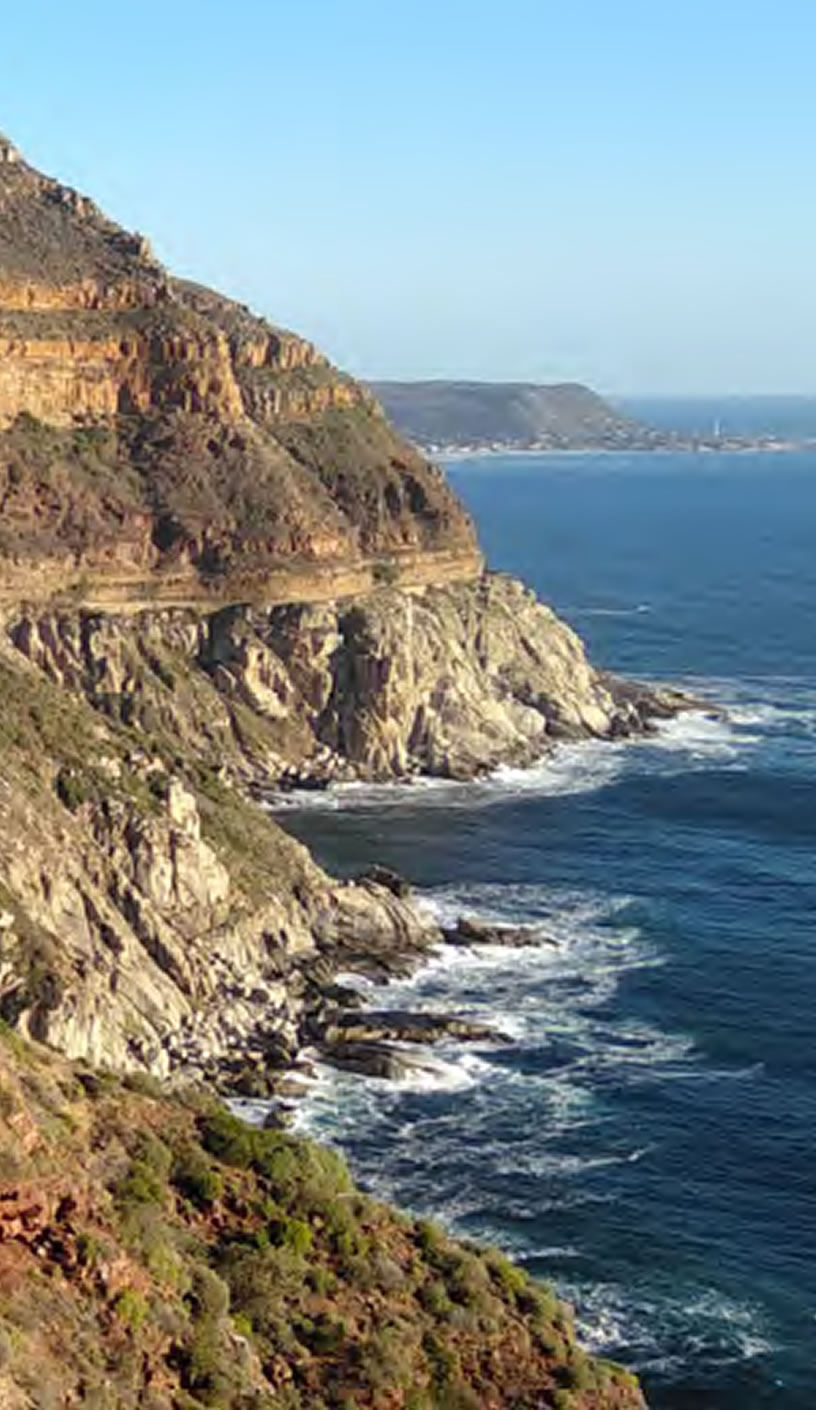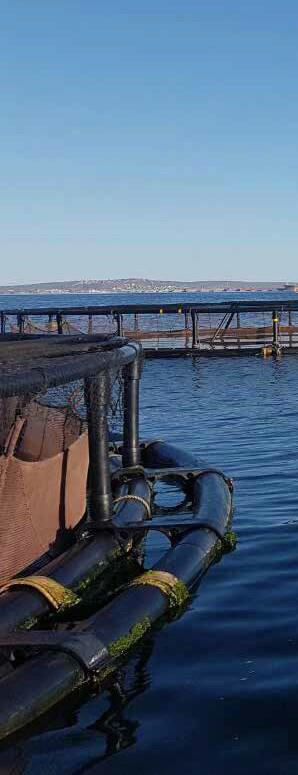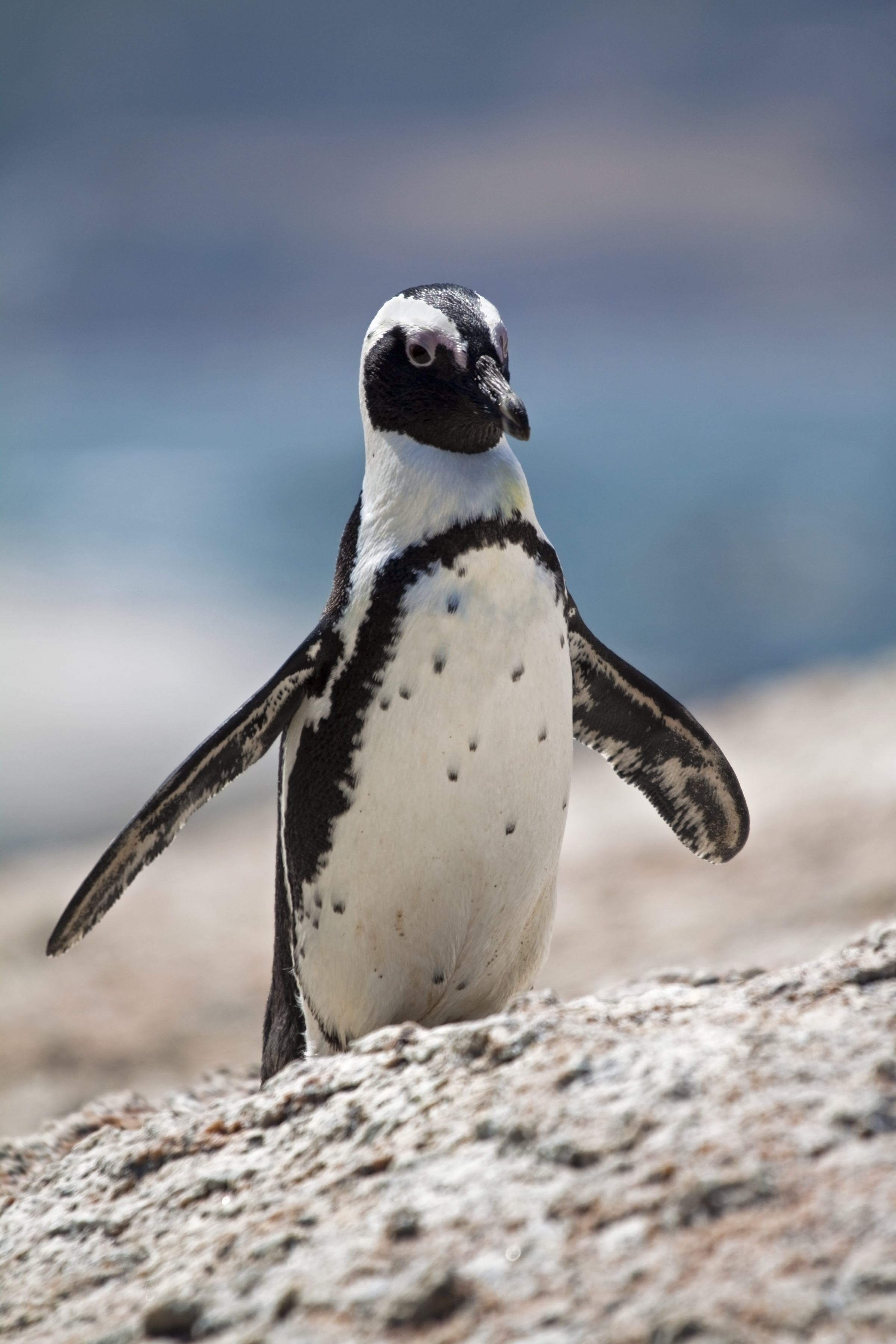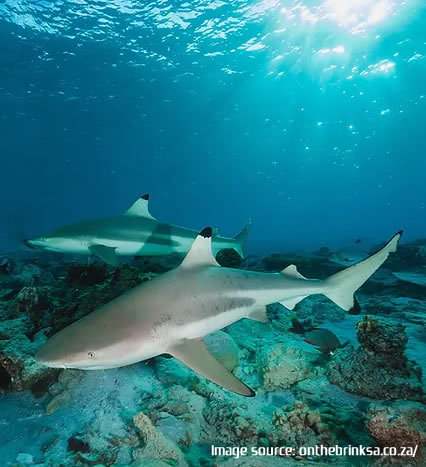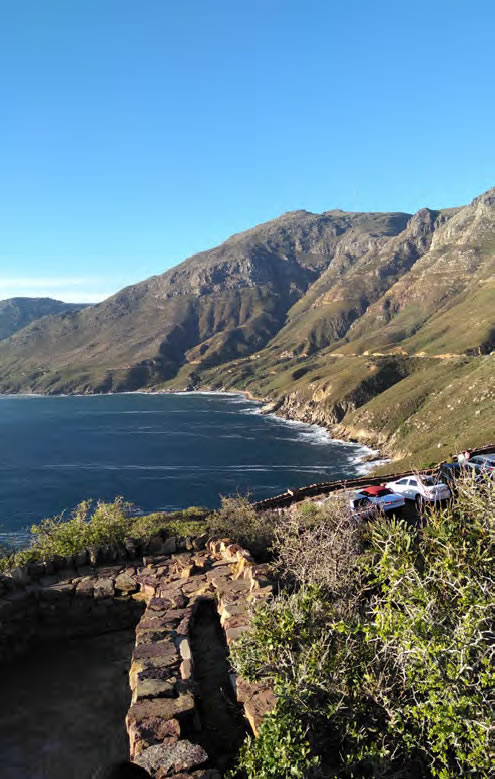NORMS AND STANDARDS FOR PROMOTING SOUND ENVIRONMENTAL MANAGEMENT PRACTICES
To give effect to its Constitutional mandate of protecting the environmental and promoting sustainable development, the department has over a period of time developed comprehensive environmental management legislative/regulatory framework. This regulatory framework, apart from acts of Parliament (environmental laws) and regulations; consists also of policies, norms and standards and other tools.
draft ESTUARINE MANAGEMENT PLAN
UPDATE OF THE ORANGE RIVER MOUTH ESTUARY MANAGEMENT PLAN 2025
FRBRUARY 2025 [PDF - 3 mb]
The purpose of this revision, which includes the Situation Assessment Report (SAR) and the Estuarine Management Plan (EMP) itself, is to ensure that the documents remain relevant as “living documents” and embody the adaptive management approach as per the cyclical review process prescribed in the NEMP and the accompanying guideline document (DFFE, 2023).The work of the original authors (CSIR, 2011; MacFarlane, 2013; DFFE, 2017) and input received from stakeholders during the inaugural EMP development process remains foundational to this revised EMP. Historical information and data remain relevant and critically important for estuarine management in the long term and must be updated when new information becomes available.
CLIMATE CHANGE ADAPTATION RESPONSE PLAN (CARP):
FOR SOUTH AFRICA’S COASTAL SECTOR
PUBLISHED MAY 2025 [PDF - 3.8 mb]
The primary objective of the CARP as a national reference is to provide tangible high-level recommendations for South Africa’s coastal sector on how to respond to climate risks on the ground in line with the requirements of the Integrated Coastal Management (ICM) Act, Climate Change Act (CC) and National Climate Change Adaptation Strategy (NCCAS).
draft FOR PUBLIC COMMENT
NATIONAL COASTAL MANAGEMENT PROGRAMME (NCMP) 2025
JANUARY 2025: GAZETTED 28 MARCH 2025 [PDF - 6.2 mb]
The NCMP identifies and addresses key priorities for coastal management, translating policy objectives into actionable plans. It represents a living document that evolves with our understanding of coastal systems while maintaining steadfast commitment to sustainable and equitable coastal development. The overarching vision of the South African government is to nurture a nation defined by pride, prosperity, and hope. Within this context, the NCMP advocates for sustainable coastal development – a delicate balance between material prosperity, social development, cultural values, spiritual fulfilment, and ecological integrity, serving the interests of all South Africans.
MANAGEMENT PROTOCOL:
HIGH PATHOGENICITY AVIAN INFLUENZA (HPAI) FOR THE SOUTH AFRICAN NATIONAL ANTARCTIC PROGRAMME
UPDATED APRIL 2024 [PDF - 960.4 kb]
High pathogenicity avian influenza (HPAI) has in recent years caused unprecedented mortality of wild birds worldwide, including in South Africa, with threats to population levels for some species already under multiple anthropogenic pressures. HPAI is a disease caused by a virus and is highly contagious in birds. It can be spread over long distances, across and between continents, by wild water birds. The purpose of this protocol is: a) To aid early detection of high pathogenicity avian influenza (HPAI) outbreaks and to assist with quantifying their effects. b) To provide guidance for the management and handling of wildlife susceptible to and infected with HPAI. c) To implement biosecurity measures to mitigate the spread of and mortality caused by the virus. d) To reduce the risk to human health.
draft SOUTH AFRICAN WATER QUALITY GUIDELINES FOR COASTAL MARINE WATERS
VOLUME 1: NATURAL ENVIRONMENT AND MARICULTURE USE
GAZETTED 22 MARCH 2024 [PDF - 2.38 mb]
Water quality guidelines, criteria or standards (hereinafter collectively referred to as GCSs1) are an important tool for managing water quality and typically comprise of a suite of numerical concentration limits or narrative statements for particular properties (physico-chemical) or constituent (nutrient or toxic substance) of or in water. These guidelines are derived with the objective of maintaining water bodies in a state that is fit for designated water uses. The Department of Water and Sanitation (DWS) developed a set of four Water Quality Guidelines in 1992, which was thereafter updated in 1995, and were aimed at managing coastal and marine water quality for designated uses. The comprehensive guidelines are intended to provide reasonable confidence that, if they are indeed achieved, there will be no significant impact on South Africa’s designated uses of coastal marine waters with regards to those properties and constituents that have been included in the guidelines. Compliance with the water quality guidelines for the protection of marine aquatic ecosystems should be achieved in all coastal waters, except within approved sacrificial (mixing) zones.
draft BIODIVERSITY MANAGEMENT PLAN:
AFRICAN PENGUIN (Spheniscus demersus)
JUNE 2022 [PDF - 1.14 mb]
The African penguin Spheniscus demersus, Africa’s only extant penguin, is endemic to Namibia and South Africa. It was formerly the most abundant seabird of the Benguela upwelling ecosystem but following a large overall decline of the species in the 20th century, and a collapse of the South African population in the present century, it is now classified as Endangered by the International Union for Conservation of Nature (IUCN) and under Threatened or Protected Marine Species Regulations (TOPMS) (NEM:BA). In addition to biodiversity concerns, African penguins (and other seabirds) are important in regional economies (e.g., through attracting tourism) and in the healthy functioning of ecosystems.
SOUTH AFRICA'S SECOND NATIONAL PLAN OF ACTION:
CONSERVATION AND MANAGEMENT OF SHARKS (NPOA-SHARKS II)
JUNE 2022 [PDF - 3.2 mb]
The NPOA-Sharks II builds on the achievements and lessons learned from NPOA-Sharks I and closely follows the recommendations of the Shark Expert Panel. The 10 original IPOA-Sharks goals were grouped into five clusters. The main recommendations of the panel are reflected in the overall structure of the plan and the specific actions. These were, when possible, tied to quantifiable goals. Accordingly, the NPOA-Sharks II contains 41 actions grouped into five issue clusters.
NATIONAL FRAMEWORK:
MARINE SPATIAL PLANNING IN SOUTH AFRICA
JULY 2021 [PDF - 5.66 mb]
The purpose of this document is to provide the framework for marine spatial planning in South Africa’s ocean space. A National Marine Spatial Planning Framework is required, in terms of section 6 (a) of the Marine Spatial Planning Act (Act No. 16 of 2018), to establish the regulatory framework for marine spatial planning in the Republic of South Africa. As such, it complies with the principles and criteria for marine spatial planning provided for in section 5 (1) of the act. The framework provides high-level direction for undertaking marine spatial planning in the context of the South African legislation and policies as well as existing planning regimes. It describes the process for the preparation of marine area plans, their implementation, evaluation and revision in order to ensure sustainable development of South Africa’s ocean space through consistent and adaptive marine spatial planning.
SOUTH AFRICA’S USER FRIENDLY GUIDE:
INTEGRATED COASTAL MANAGEMENT ACT
MAY 2017 [PDF - 6.87 mb]
The objective of this guide is to make ICM Act accessible to coastal practitioners and interested parties concerned with specific details and applications of the act to such an extent that it becomes standard reference material for information on coastal management. The guide is a ‘translation’ of ICM Act into everyday language while, presenting contents in a way to assist the reader to understand the appropriate information.
2017 | Durban Bay Estuarine Management Plan | [PDF - 10.5 mb]
2015 | draft Orange River Mouth Ramsar Site Strategic Estuarine Management Plan | [PDF - 3.7 mb]
2014 | National Coastal Management Programme of South Africa (NCMPSA) | [PDF - 7.5 mb]
2014 | National guideline for the discharge of effluent from land-based sources into the coastal environment | [PDF - 2.13 mb]
2012 | Coastal Oil Spill Contingency Plan: No. 1: West Coast Zone | [PDF - 2.1 mb]
2012 | South African water quality guidelines for coastal marine waters: volume 2 - guidelines for recreational use | [PDF - 29.26 mb]
- Summary: 2012 | Summary of the South African water quality guidelines for coastal marine waters: volume 2 - guidelines for recreational use | [PDF - 3.2 mb]
2010 | Prince Edward Islands Management Plan | [PDF - 3.0 mb]



